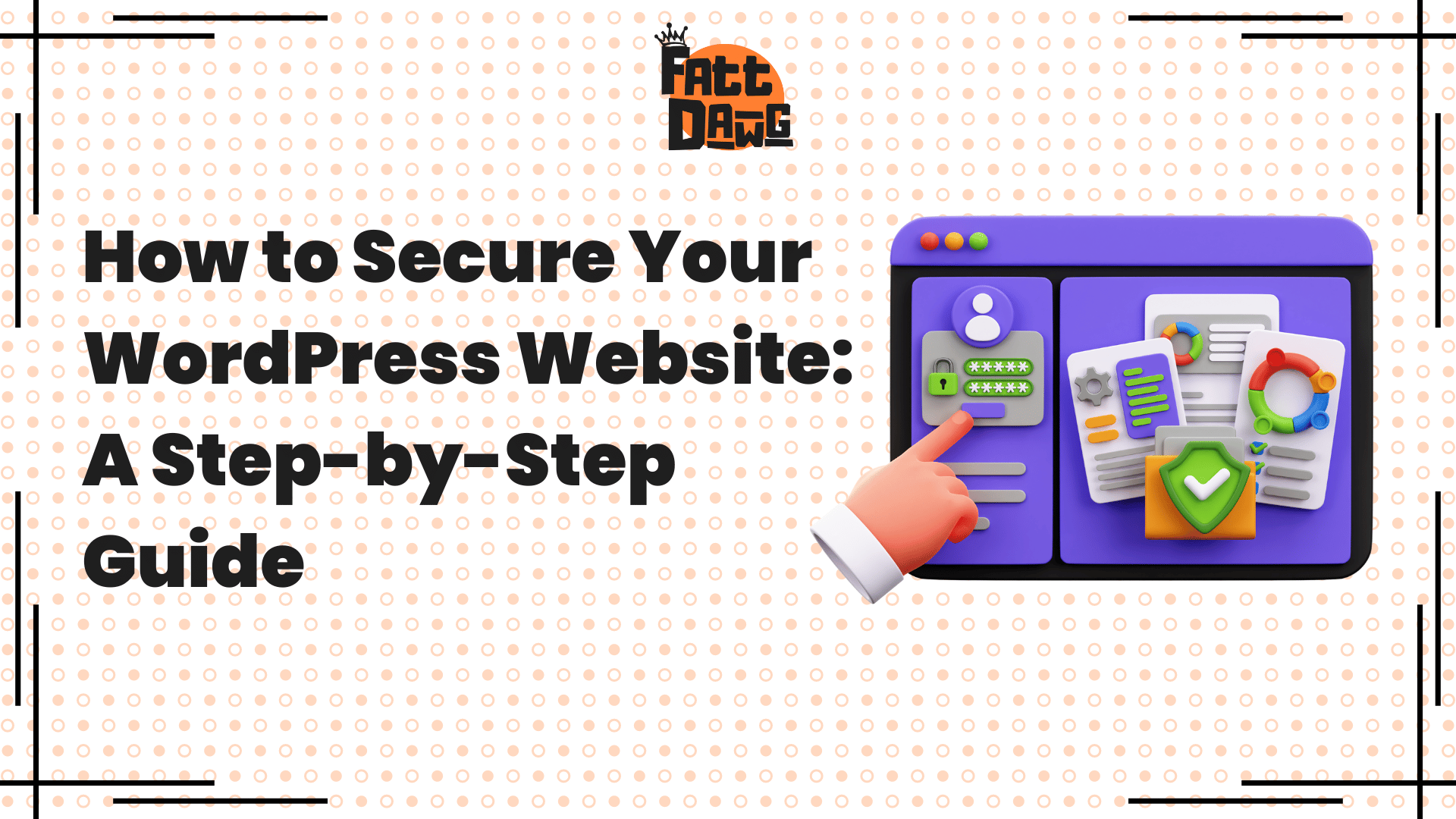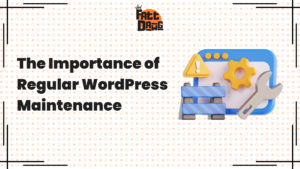With WordPress powering over 40% of websites on the internet, it’s a popular target for hackers. Securing your WordPress site is essential to protect your data and maintain user trust. In this blog, we’ll cover a step-by-step guide to fortifying your WordPress website against potential threats.
1. Keep WordPress Updated
WordPress frequently releases updates to patch security vulnerabilities. Ensure you regularly update WordPress, themes, and plugins to protect your site from known threats.
2. Use Strong Passwords and Two-Factor Authentication
Implement strong, unique passwords for all accounts and enable two-factor authentication (2FA) for an added layer of security.
3. Limit Login Attempts
Prevent brute force attacks by limiting the number of login attempts allowed. Use plugins like Limit Login Attempts Reloaded to set this up easily.
4. Regularly Backup Your Website
Always have a backup plan in case your site is compromised. Use plugins like UpdraftPlus to schedule regular backups of your website’s data.
5. Secure Your Admin Area
Restrict access to your WordPress admin area by using a secure login URL and limiting access by IP address. This reduces the risk of unauthorized access to your site.
Conclusion
Securing your WordPress website is not optional; it’s a necessity. By following these steps, you can significantly reduce the risk of security breaches and keep your site safe for both you and your users.




